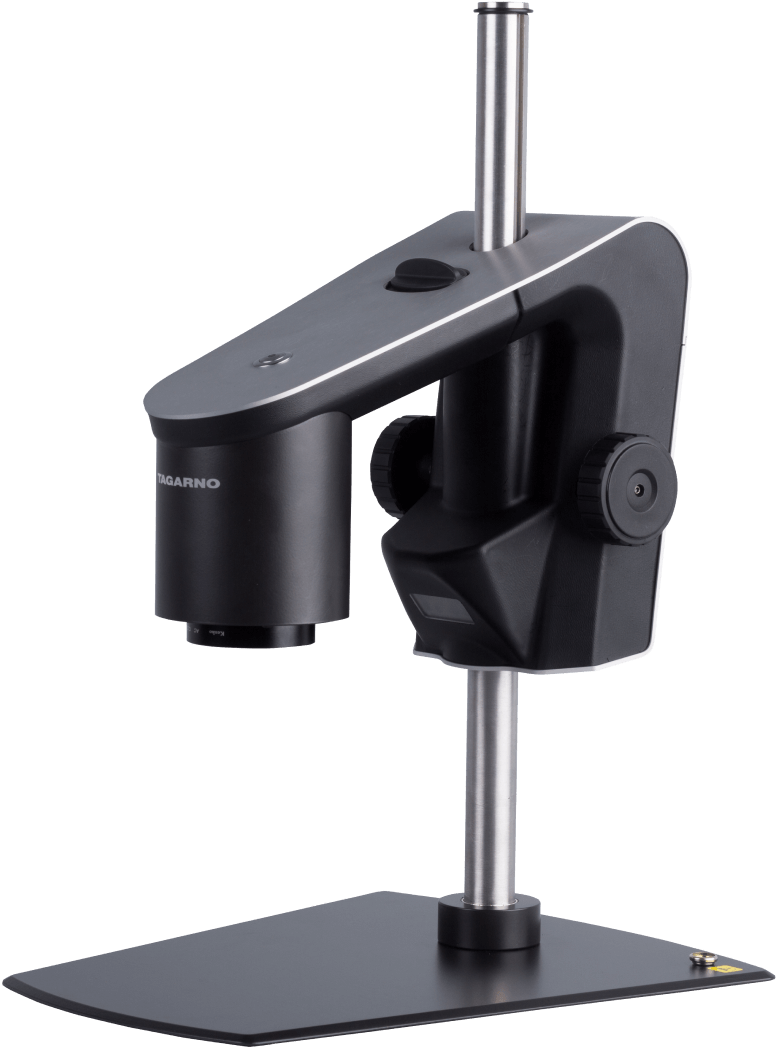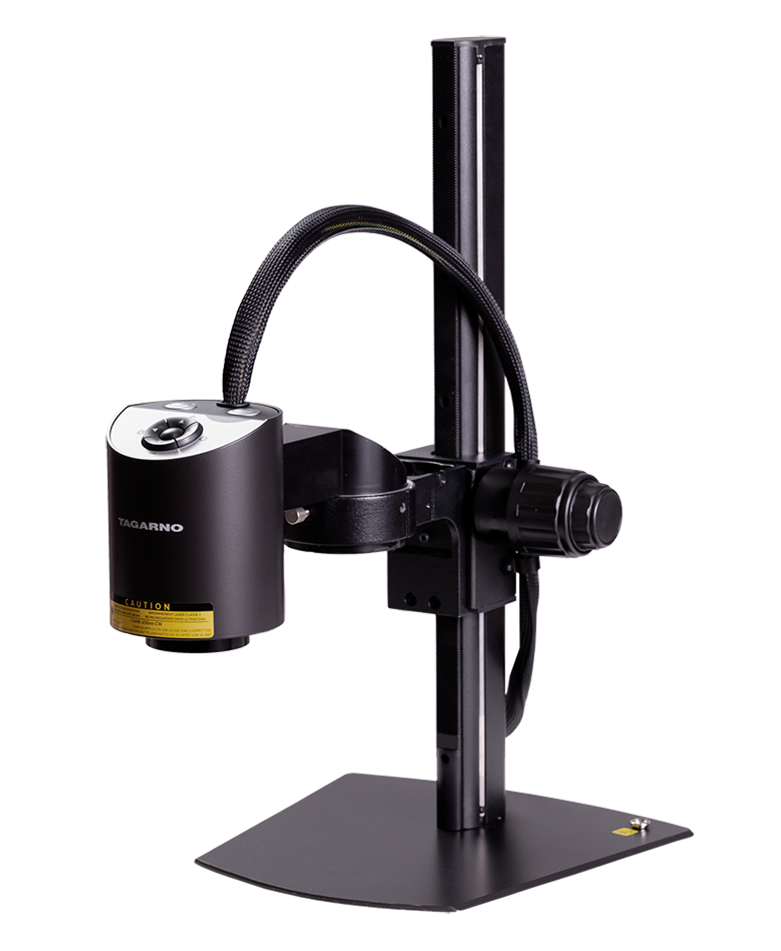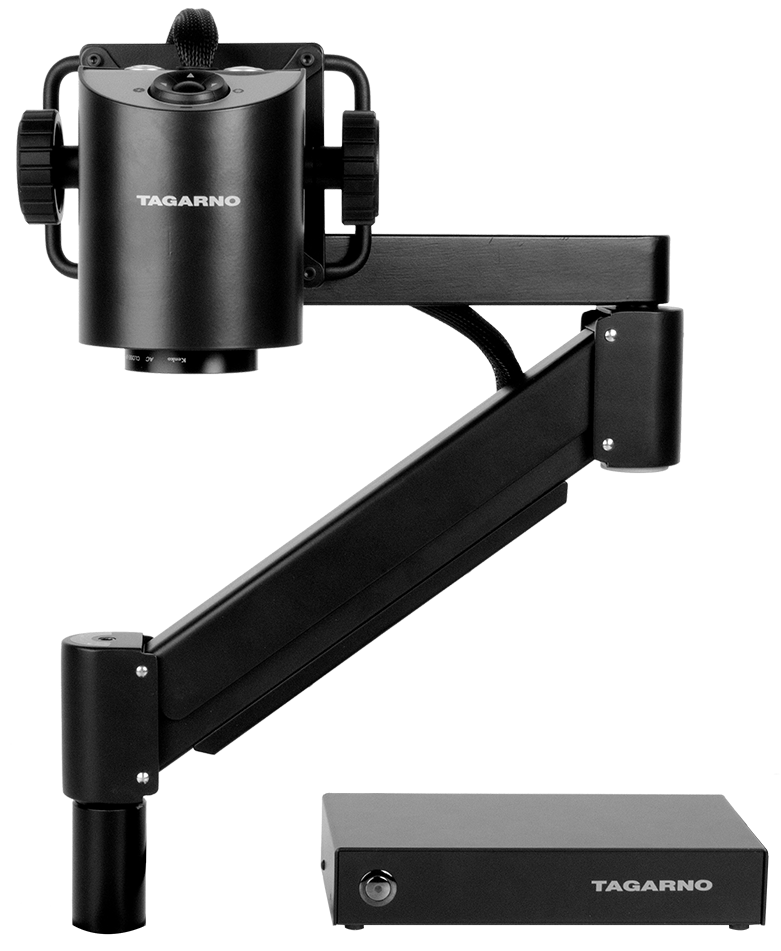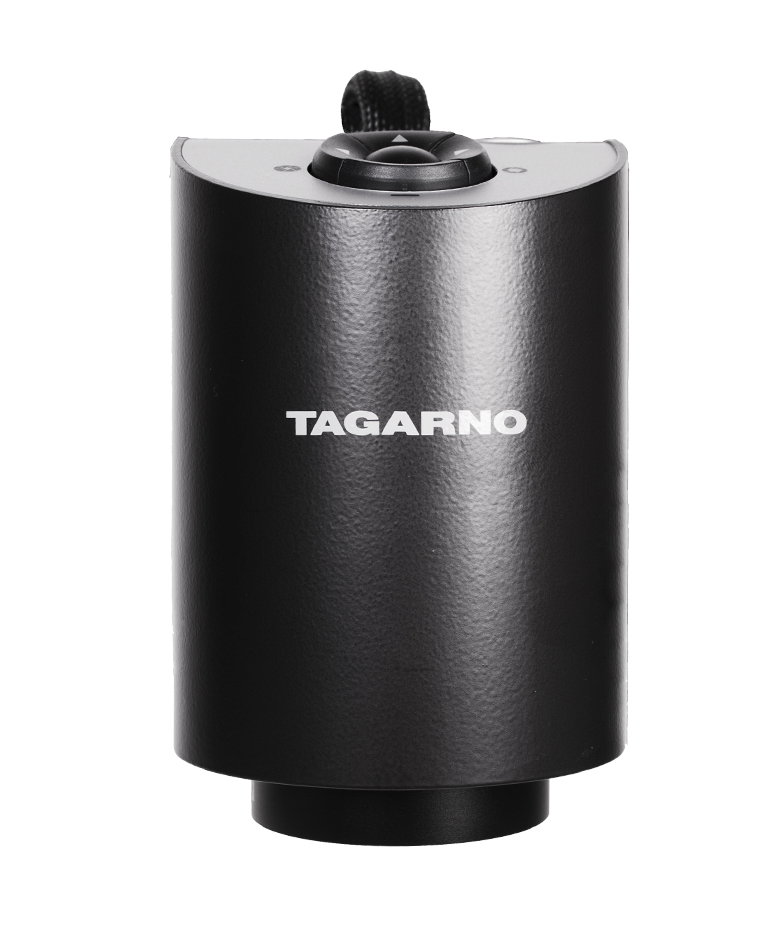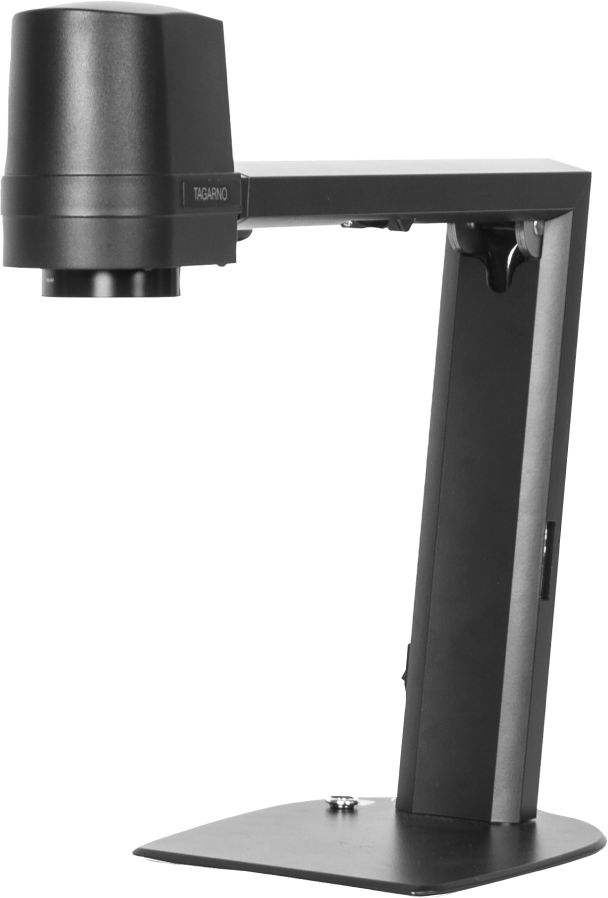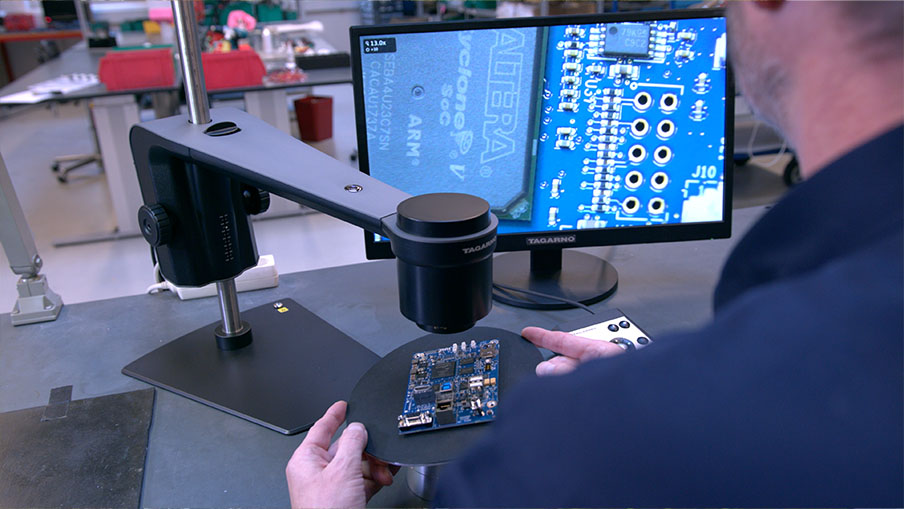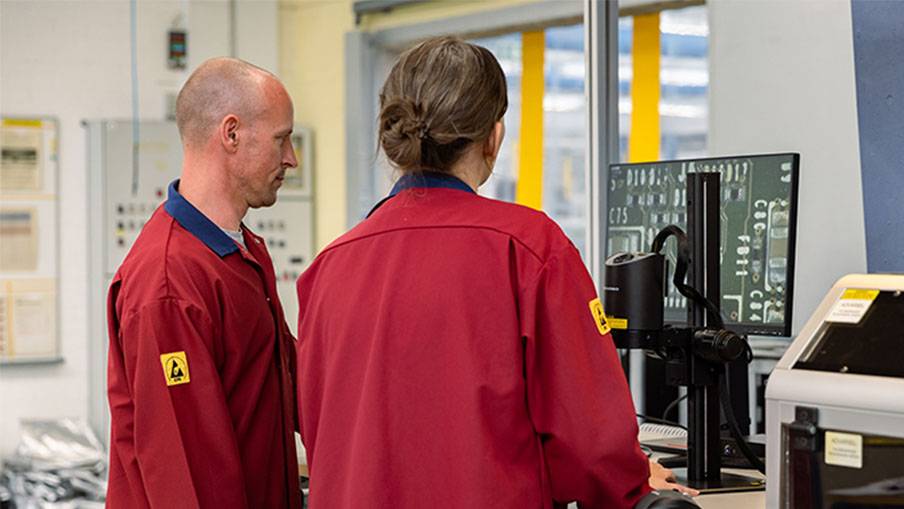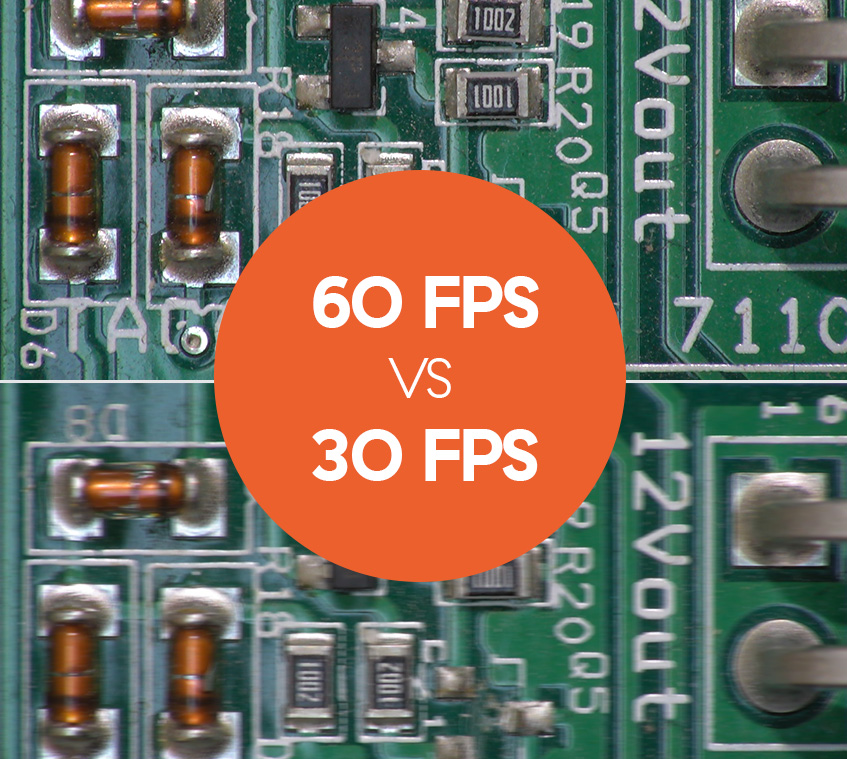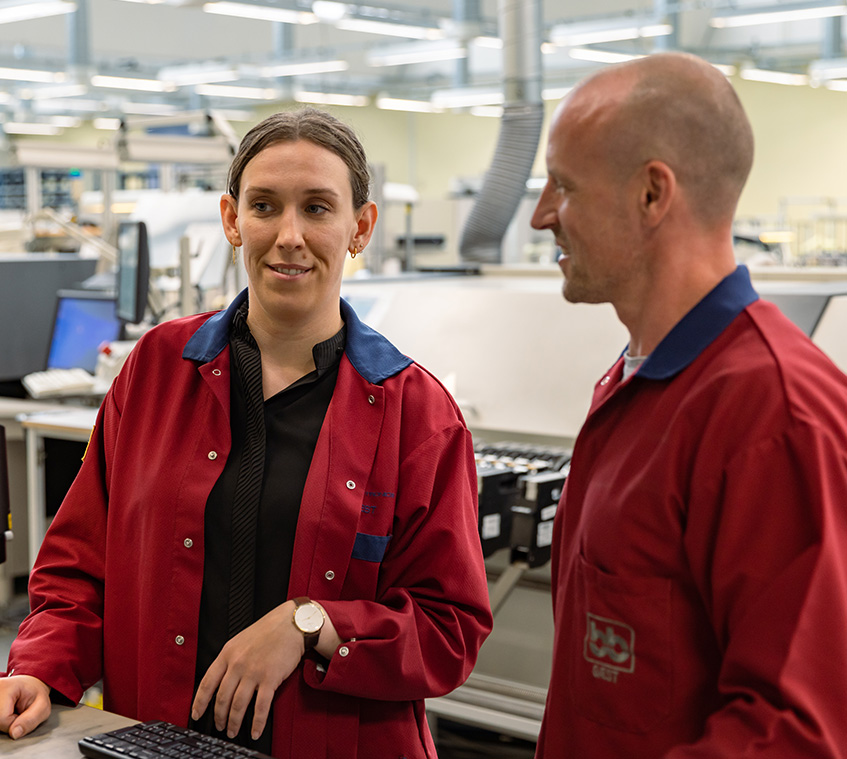In industries where precision and detail are paramount, such as electronics manufacturing, seed analysis, and the inspection of metal or plastic parts, the choice of microscopic tools significantly influences productivity, accuracy, and comfort. Traditional microscopes, while effective, often pose ergonomic challenges and limit collaborative opportunities. The evolution of technology brings a compelling alternative—a microscope with a screen.
This blog post explores the benefits of microscopes with screens, highlighting their ergonomic advantages, enhanced collaboration, and the importance of selecting models with high frame rates for diverse applications.
